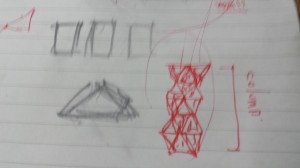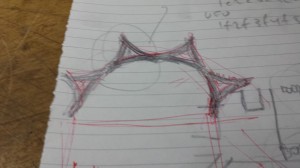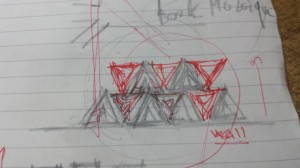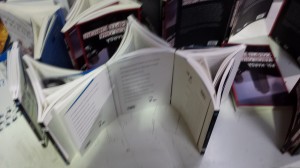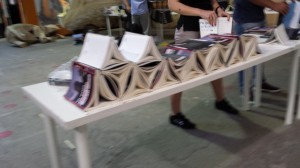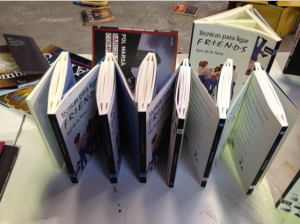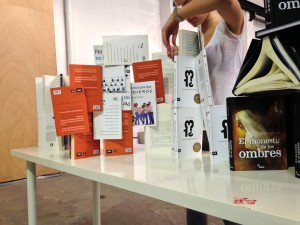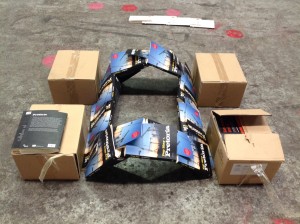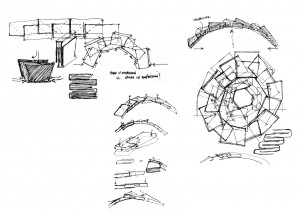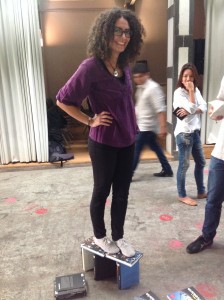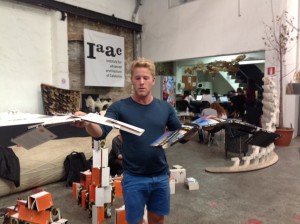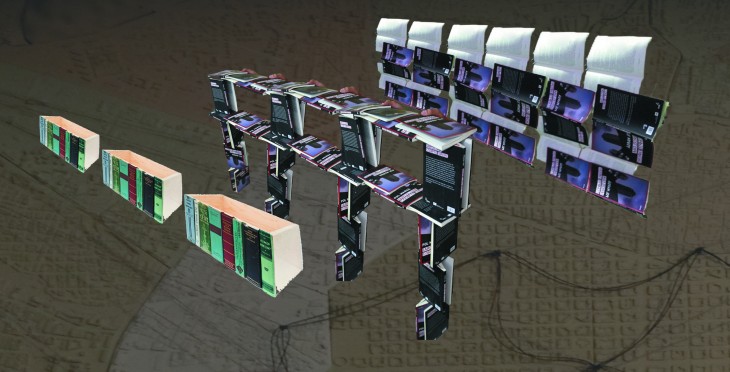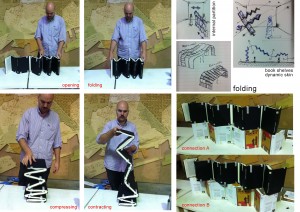
Folding System
Shelving, Partition, Skin
The materials besides books could be tension cables and clips.
The books interlock and form a strong folding connection. The Edge of each book acts as a hinge and gives the system a dynamic characteristic.
The uses can be skin for the structure, shelving, and internal partitions.
The folding system changes in size when interaction with end users is happening. The system extends when books are added and shrinks when books are removed.
The system also provides an interactive space with the surrounding as the skin opens and closes.

